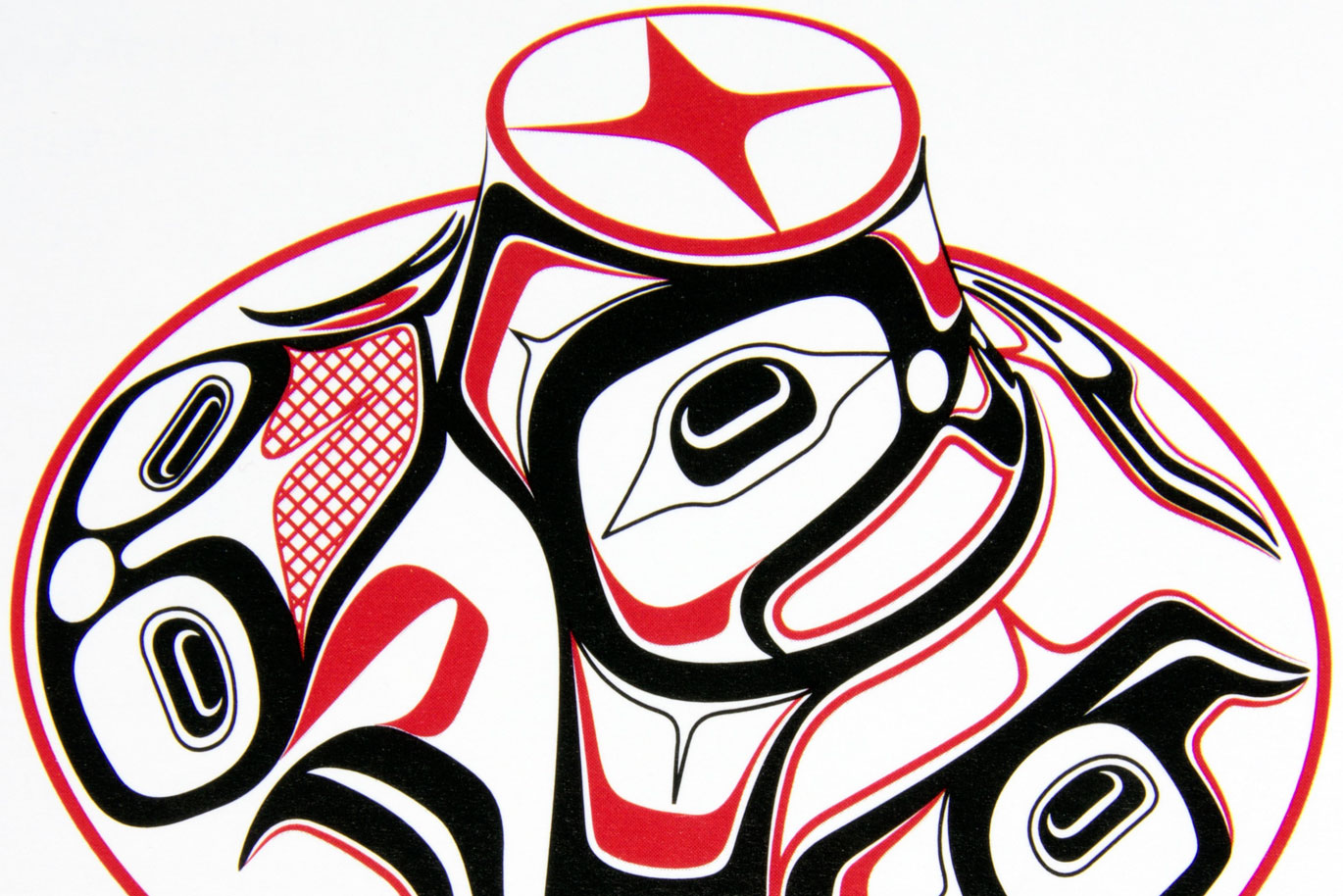- Spring 2017
Meeting Time:
MW 2:30pm - 5:20pm
Location:
ART 327
SLN:
10470
Instructor:
Catalog Description:
Introduces theory, techniques, and processes of still photography in an artistic context. Emphasizes photography's creative potential.
GE Requirements:
Arts and Humanities (A&H)
Credits:
5.0
Status:
Active
Last updated:
January 10, 2018 - 9:21pm



